Sierra Nevada stage is the hardest of the Vuelta, says Roche
Daunting triple whammy of high mountain ascents
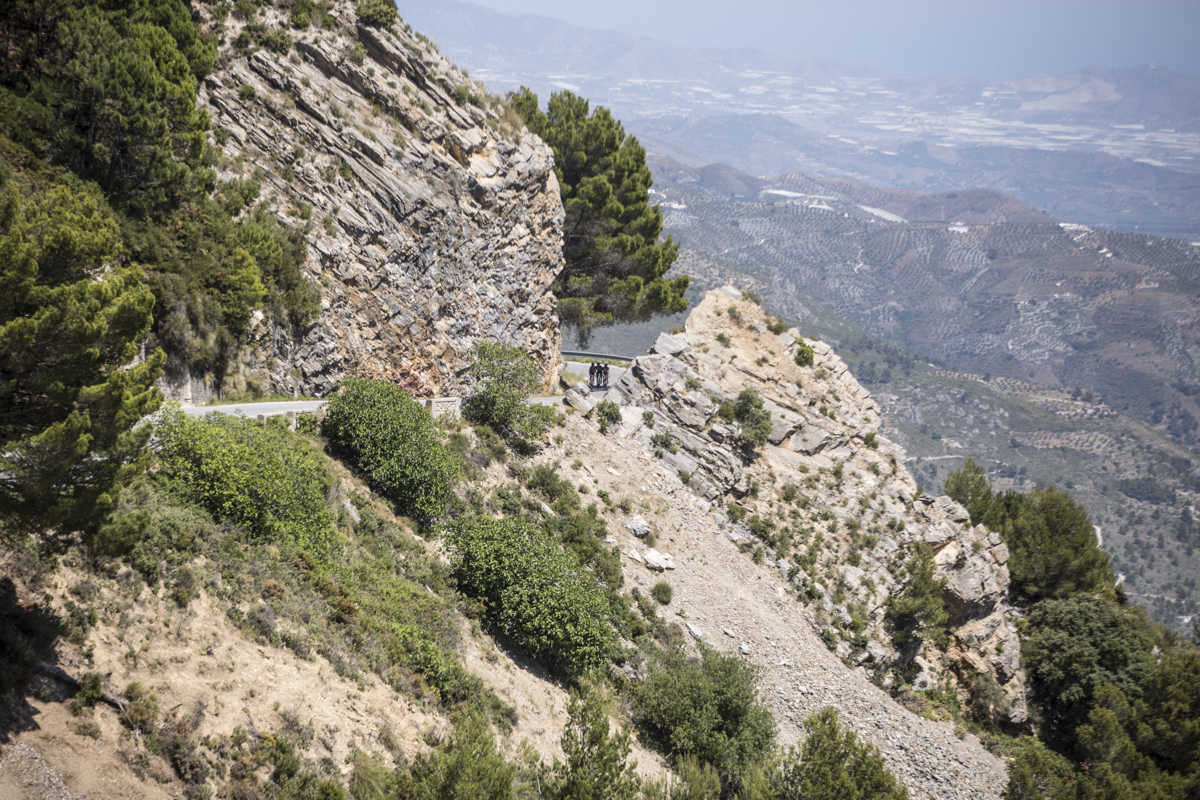
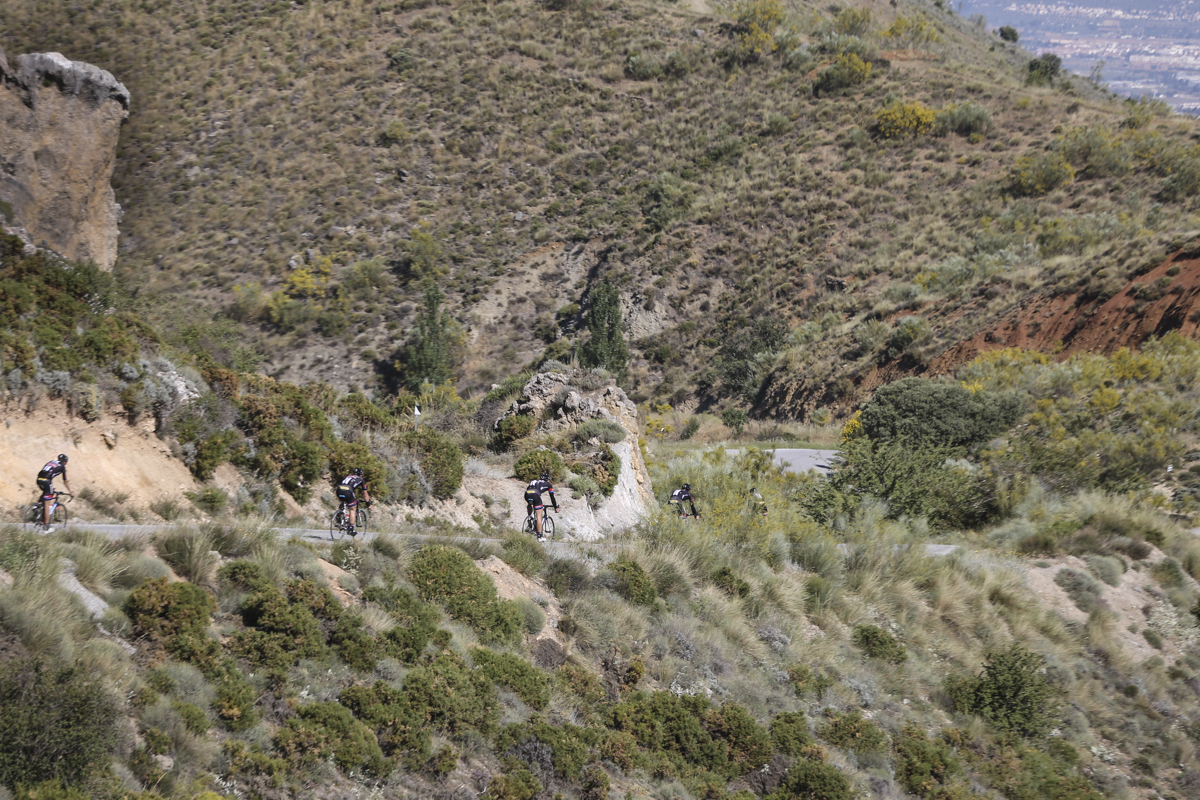
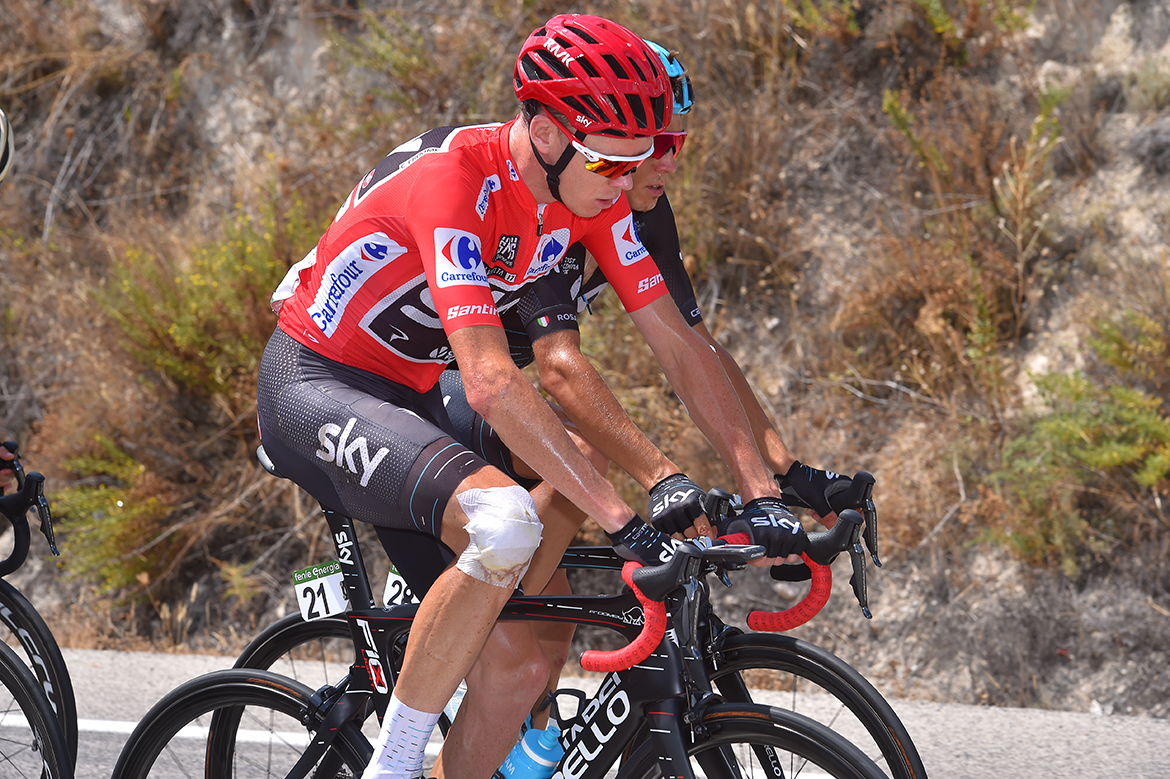
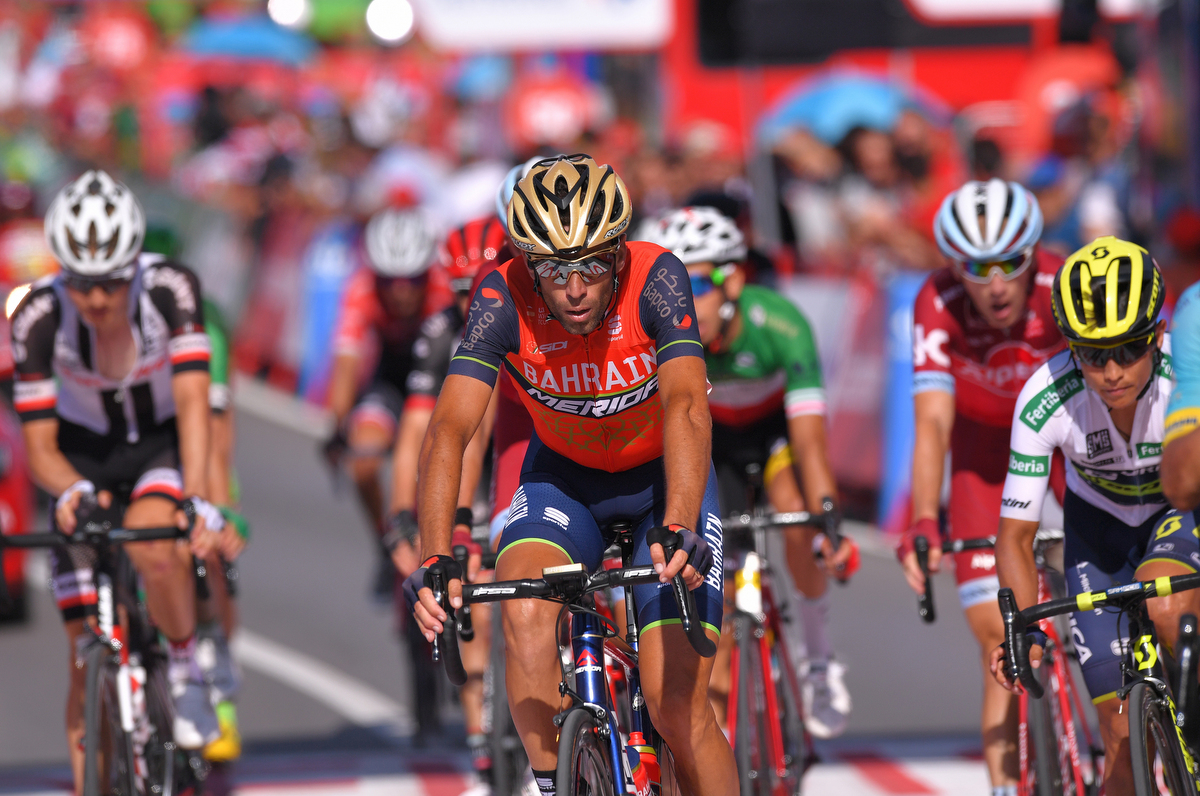
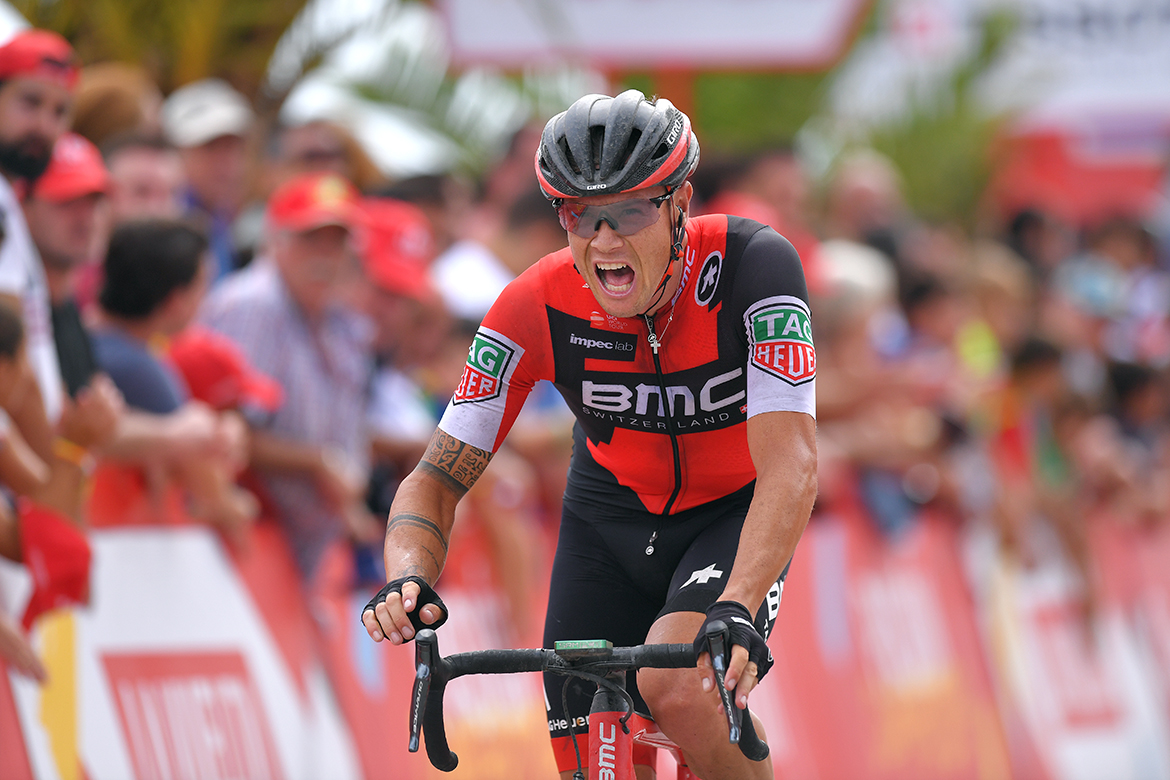
The Vuelta a España peloton faces a daunting triple whammy of ultra-difficult ascents in Europe's most southerly mountain range, the Sierra Nevada, on Sunday on a stage which Nicolas Roche (BMC) calls "the hardest of the entire race."
Although the Angliru has some ultra-steep ramps and is widely rated as Spain's most difficult single climb, the unusual format of the stage, with two first category and one Hors Categorie climbs crammed into the final 70 kilometres, all on different approach roads to the Sierra Nevada ski station, intensify what is already a very difficult stage.
On the plus side, all three ascents, the Alto de Hazallanas, the Alto del Purche (also known locally as the Alto de Monachil) and the final climb to Sierra Nevada are all very familiar to most of the bunch, partly because they form different segments of routes up to the ski station. Many of the riders in the Vuelta will have been altitude training in the Sierra Nevada resort, just below the finish, at some point during their careers, or may have been up the climbs in several different recent races.
Hazallanas was most recently the scene of a spectacular victory through the snow in the 2014 Vuelta a Andalucia for Alberto Contador (Trek-Segafredo) ahead of Chris Froome (Team Sky). Monachil/El Purche was on the Vuelta a Andalucia route this year and was the scene of a memorable battle between Contador and Alejandro Valverde, who went on to take the stage. Monachil/El Purche was also where Cadel Evans saw his best chance of winning the Vuelta go up in smoke in 2009 following a painfully slow bike change by the neutral service vehicle.
"We last did Hazallanas in the Vuelta in 2013, when [stage and overall winner] Chris Horner kicked our butts, and that climb is difficult enough," Nicolas Roche tells Cyclingnews.
"It's a really, really hard stage overall. I did a recon of the whole stage in April when I was training at altitude in Sierra Nevada, and went up Hazallanas a few times, it's brutal. It's a pity it's not the finishing climb because it's an amazing ascent, and in 2014, in the Vuelta a Andalucia, and in 2013 in the Vuelta a España, where I think I got sixth, it's always produced some great racing.
"But in any case, they've put it at the start, then we've got the Purche or Monachil or whatever they call it, and then there's a two kilometre descent and we're onto the main Sierra Nevada climb. But they don't go up to the ski station, they go up beyond that to the bleedin' observatory [at 2,600 metres above sea level – ed.]
Get The Leadout Newsletter
The latest race content, interviews, features, reviews and expert buying guides, direct to your inbox!
"I couldn't go up to the top because of the snow, there's just a few sheds up there, but it's definitely going to be even tougher than the Angliru stage. But even without the Angliru's slopes of 20 percent, Sierra Nevada, with the extra altitude, and being the same length, make it brutal."
The ascent to Sierra Nevada may be the least steep of the climbs and have the best road surface, much of it being on the main approach road to the ski station, but it is the longest and the most exposed. "The wind is going to be a massive factor," says Roche. "I've done it in April and specially the last bit, above the ski station, makes for a big difference between a tail wind and a headwind. Training, I could be doing 15, 16 kilometres an hour with a headwind and with a tailwind, 25 kilometres an hour. So if there's a headwind, you'll have to be sure you're not isolated and can hang in with a group, otherwise you're going to shed time very fast."
Sierra Nevada is one of the Vuelta's most emblematic climbs. It was first tackled in 1979, and in 1986 saw an impressive ride by Galician Alvaro Pino, whose morale was strengthened by some memorably vocal fireworks from his sports director Javier Minguez from the following car. Pino proceeded to fend off Robert Millar and win the Vuelta. In 1994, a victory for Tony Rominger effectively all but sealed his third straight Vuelta win and in 1995, Laurent Jalabert, en route to winning outright, controversially braked close to the finish to ensure daylong breakaway Bert Dietz could take the stage victory.
One very striking aspect is the stage's shortness, just 129.4 kilometres, which, given the time cut and the amount of climbing involved, could represent a real challenge for the non-climbers. And another is Sierra Nevada's altitude, at 2,510 metres above sea level, it's the summit of this year's race.
"You generally feel your power is dropping and it's harder to breathe," Roche observes. "It's harder to focus and you go into your own little world. If you see photos of riders at the finish of a stage, we just look like the walking dead basically.
"I train a lot at altitude but it is one of my weaknesses, still. I think it's to do with your physiology, if you look at the Colombians they can manage it really well, because they basically live at the altitude where they arrive."
Froome
In the overall standings, Chris Froome leads Vincenzo Nibali (Bahrain-Merida) by 55 seconds and Wilco Kelderman (Sunweb) by 2:17 after the mountaintop finish at La Pandera on stage 14, though he is keenly aware of the test posed by Sunday's leg at Sierra Nevada. Indeed, Froome said on Saturday evening that he had looked to manage his energy at La Pandera with a view to Sunday. He will be mindful, too, of the similarities between this short mountain stage and the corresponding leg to Formigal a year ago, when Alberto Contador's early attack put Froome and Sky on the back foot, and ultimately helped to decide the race in Nairo Quintana's favour.
For Froome, the Vuelta's ascent to Sierra Nevada also represents a return to the first climb in a Grand Tour where he really stood out as a Sky rider, working on this occasion, for his then team leader Bradley Wiggins back in 2011.
After the stage, Wiggins said, with his usual laconic style, that "Froomey is shining again" and indeed, on the upper slopes of Sierra Nevada, Froome was the teammate who laid down the pace for Wiggins to ensure that late breakaway Dani Moreno, a GC threat, did not gain too much time. Six years on, Froome will be revisiting a crucial chapter in his past history, then, and seeking, in his quest for that elusive Vuelta victory, to create another in his present.
Alasdair Fotheringham has been reporting on cycling since 1991. He has covered every Tour de France since 1992 bar one, as well as numerous other bike races of all shapes and sizes, ranging from the Olympic Games in 2008 to the now sadly defunct Subida a Urkiola hill climb in Spain. As well as working for Cyclingnews, he has also written for The Independent, The Guardian, ProCycling, The Express and Reuters.
